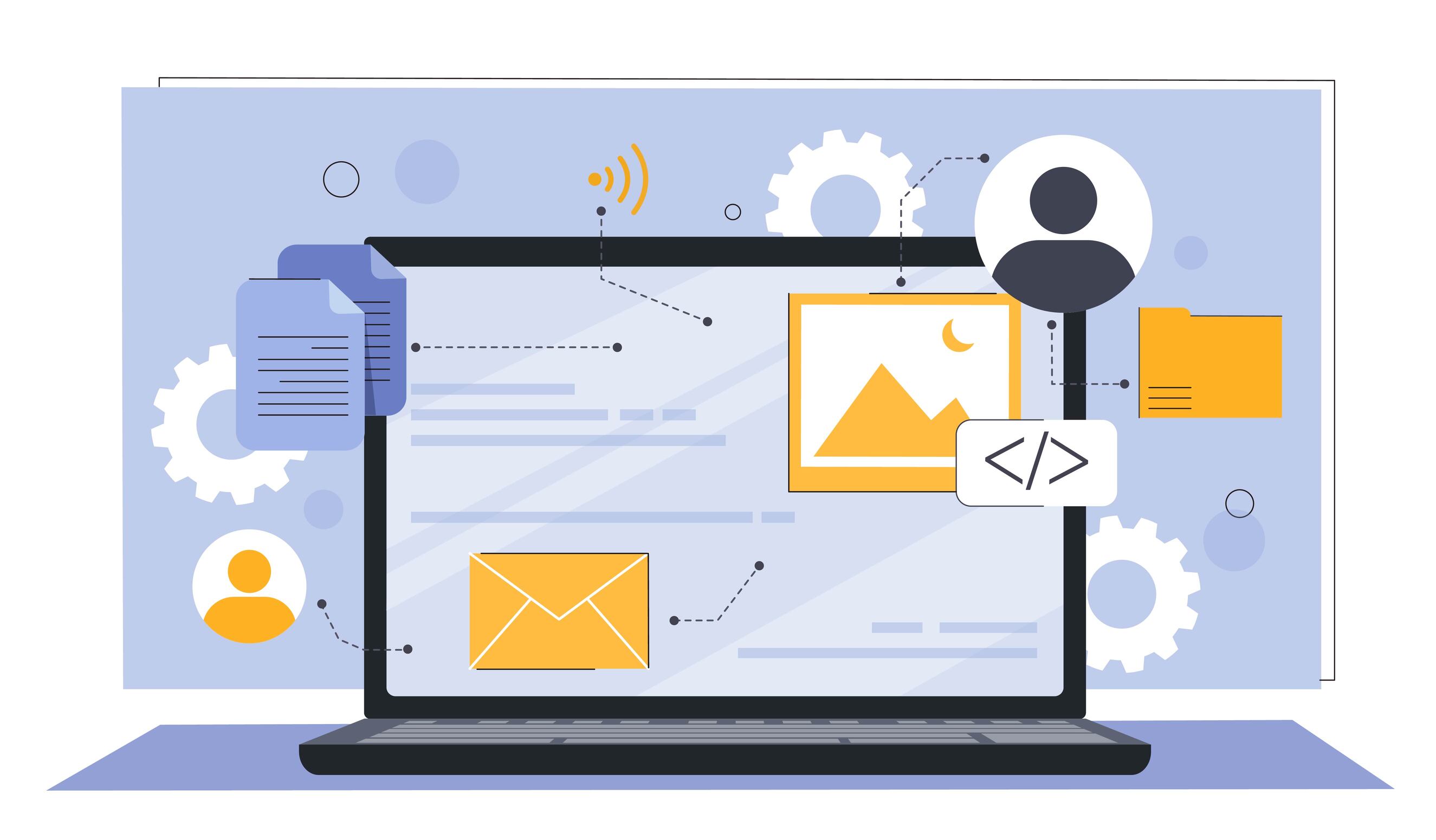Title: Organizational Portal - Necessity or Luxury?
Corporate portal

 2590
2590 
Title: Organizational Portal - Necessity or Luxury?
In the modern business landscape, organizations continuously face challenges of communication, information sharing, and collaboration. With dispersed teams, multiple systems, and endless data, maintaining synchronization and efficiency has become more complex than ever. This is especially true in the era of hybrid work, where employees are required to easily navigate between the physical office and the digital world.
Enter the organizational portal. For many, the term conjures images of a boring website with links to HR documents and pay slips. But a modern organizational portal is much more than that. It serves as a digital command and control center, consolidating all the information, tools, and resources an employee needs in one place.
So who needs such an organizational portal? The short answer is - almost every organization. Whether it’s a small startup, a medium-sized company, or a multinational corporation, an organizational portal can provide significant advantages.
Take, for example, the Israeli high-tech company "SyncRun." With development teams in Israel, the USA, and Europe, real-time information sharing was an ongoing challenge. Email became unmanageable, and different document versions circulated uncontrollably. The company’s decision to invest in an organizational portal changed the game.
"The portal provided us with unprecedented transparency," says Ran Levi, the IT manager of SyncRun. "Now, every employee knows exactly where to find the most up-to-date information, from presentations to code diagrams. Our conference calls have become much more productive because everyone is on the same page in terms of information."
But organizational portals are not just for tech companies. The "Ofek Hadash" school network is an excellent example of this. With hundreds of teachers and students spread across dozens of institutions, communication was an ongoing issue. Teachers struggled to share teaching materials and lesson plans, while administrators struggled to track progress and attendance.
The solution came in the form of a dedicated educational portal. The system allowed teachers to easily upload and access resources, manage online discussions, and communicate with parents from anywhere. Administrators received a clear overview of the school’s performance, with real-time tracking of attendance and key metrics.
"The portal transformed the teaching and management experience from end to end," says Sarah Cohen, the middle school principal. "It not only helped us become more efficient, but also strengthened the sense of community and connection among all our schools."
Every organization is unique, with its own challenges. But if communication, information sharing, and access to resources are ongoing issues, it may be time to consider an organizational portal. In a reality where everything is becoming digital, an online command and control center is no longer a luxury - it’s a necessity.
So the next time someone asks, "Who needs an organizational portal?" perhaps the real question is - who doesn’t? Because in a world where information is power, for most organizations, the choice is simple: invest in a portal, or get left behind.






